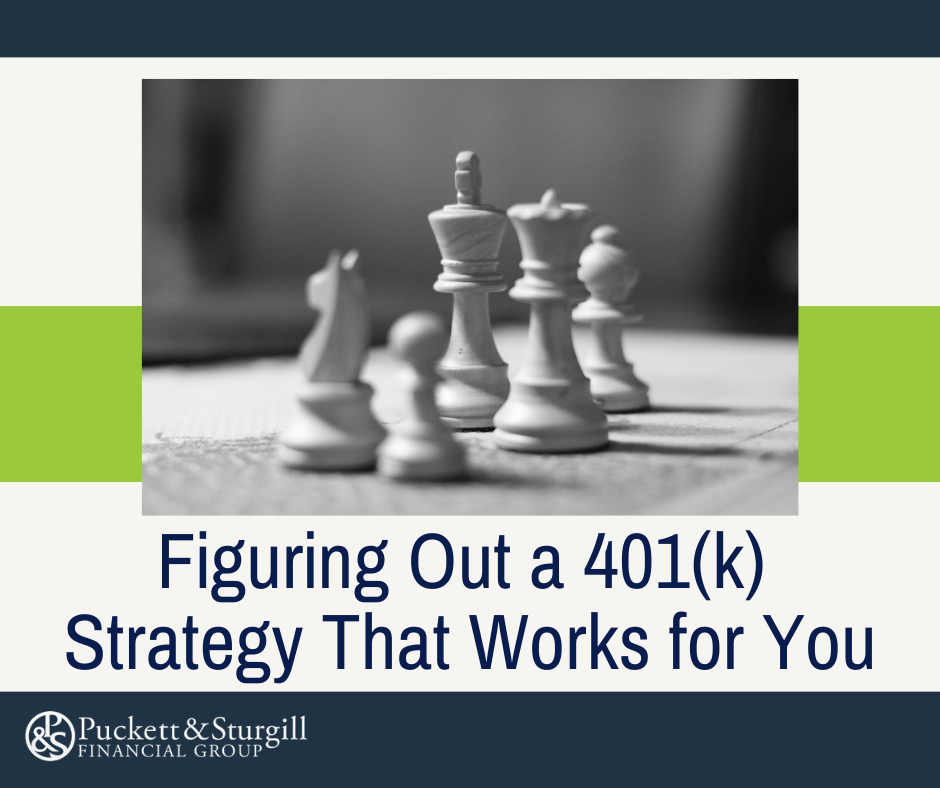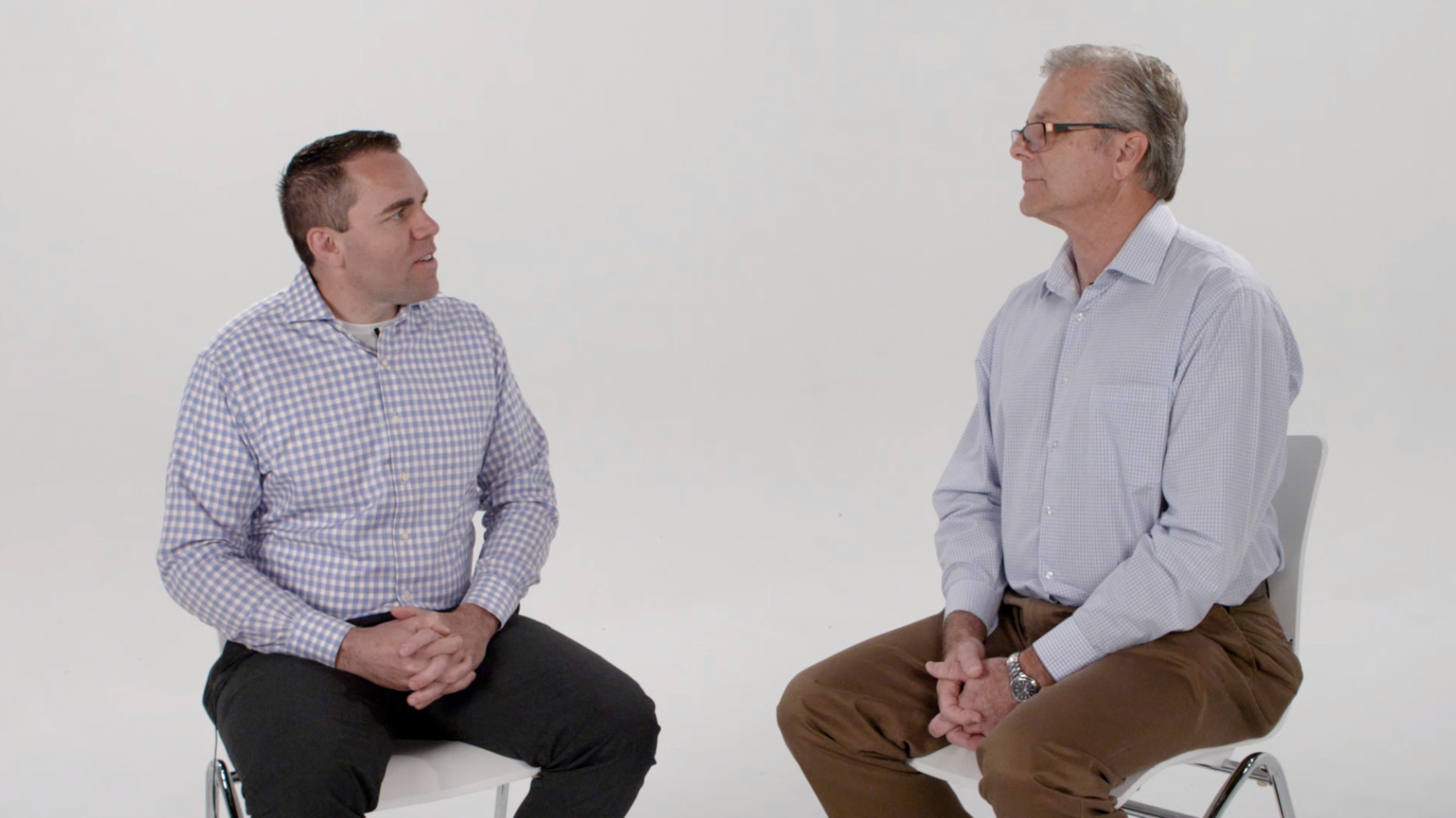Figuring Out a 401(k) Strategy That Works for You

Matching your tolerance for risk with your investment objectives
Everyone wants a comfortable retirement, but the road you take there will depend on your specific situation. When you invest, you assume a certain level of risk (but like everyone you’re hoping that your holdings will increase in value).
One of the most challenging aspects of investing involves matching your tolerance for risk with your investment objectives.
Beyond Your 401(k)
Have you taken the time to really project the amount of money you may need in retirement? While setting aside a percentage of your income in a 401(k) is an important step, chances are you will need more than current limitations may allow you to save. Most people supplement their employer-sponsored retirement benefits and Social Security income with personal investments. In order to develop a fitting plan, you need to have your goals in sight.
In 2022, your elective deferral (contribution) limit for your 401(k) is $20,500. If you’re age 50 or older, you may save an additional $6,500. While the contribution often rises in upcoming years and your employer may match contributions above this limit, will your employer-sponsored plan allow you to save enough? Cast your net as far as possible—can you contribute to your 401(k) and afford to invest in other opportunities? Increasing your savings rate now may help you later.
Asset Allocation and Diversification
Are you an aggressive, moderate, or conservative investor? Your answer probably depends in large part on your stage in life and your financial resources, and will most likely change over time.
Aggressive investors tend to have a longer time frame—as many as 35 years or more to save and invest until they reach retirement—and a greater capacity to withstand loss. For example (the following percentages will vary greatly by investor and their definition of the terms aggressive and conservative investments), stocks may account for 85% of a relatively aggressive portfolio compared to 40% for a more conservative portfolio. As investors near retirement, their asset allocation strategies generally change to account for lower risk tolerance and an emphasis on income over growth.
With a 401(k), you become responsible for managing your portfolio, not your employer. While one aspect of a retirement savings plan is investing for the long term, it is still important to stay involved and make adjustments as needed. Choosing to be an active money manager rather than a passive investor can help you maintain the appropriate allocation strategies and pursue your long-term goals.
Remember that it may be important to diversify within asset categories. For example, spread your equity investments among large-cap, mid-cap, and small-cap stocks, as well as vary your fixed-income investments with different types of bonds and cash holdings. The diversification strategy you choose for your 401(k) should complement your strategies for investments outside of your retirement plan.
Tax Considerations
Because retirement plans offer tax benefits, they carry certain restrictions, such as when withdrawals can be made without penalty. While funds in a 401(k) are made with pre-tax dollars and have the potential for tax-deferred growth, withdrawals made before the age of 59½ may be subject to a 10% Federal income tax penalty, in addition to the ordinary income tax that will be due.
Some 401(k) plans are featuring the Roth 401(k) too. If your employer offers this option, you may be able to designate all or part of your elective salary deferrals to a Roth account. Although contributions are made with after-tax dollars, earnings and distributions are tax free, provided you have held the account for five years and are at least 59½ years old when you access funds.
If you’re looking to save specifically for retirement, in addition to your 401(k), consider a Roth IRA, which allows earnings to grow tax free. While contributions are made with after-tax dollars, your withdrawals will be tax free provided you are older than age 59½ and have owned the account for five years. Early withdrawals may be subject to a 10% Federal income tax penalty, unless you qualify for an exemption. Certain income limits apply.
Taking advantage of the tax benefits retirement arrangements offer is a valuable strategy, but also consider building more liquidity and flexibility into your overall savings and investment plan. In the event you need access to funds before retirement, have a contingency plan such as an emergency cash reserve and relatively liquid investments. However, keep in mind how accessing savings in the short term will affect your long-term goals.
As you look toward retirement, consider increasing your overall savings rate, maintaining appropriate asset allocation and diversification strategies, and planning for taxes. Over time, your investments will inevitably be affected by legislative reform and market swings, but with a long-term outlook and continued involvement you are better positioned to manage the fluctuations and changes to work towards your objectives.
Investment returns and principal values will change due to market conditions and, as a result, when shares are redeemed, they may be worth more or less than their original cost. Past performance is no guarantee of future results.













